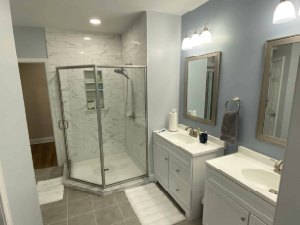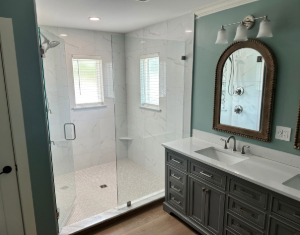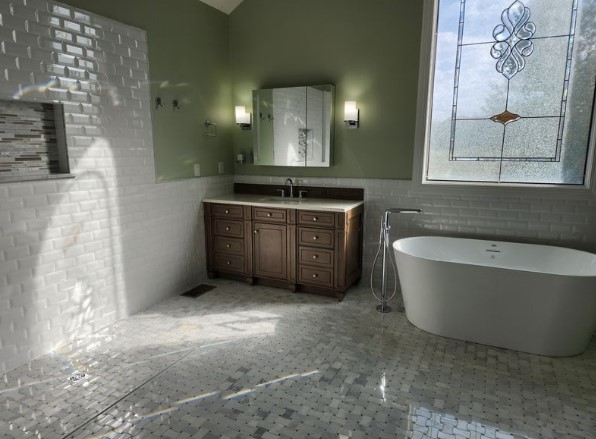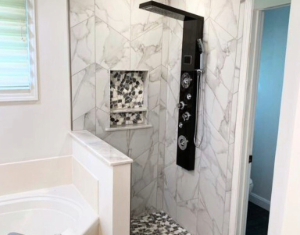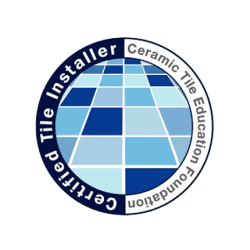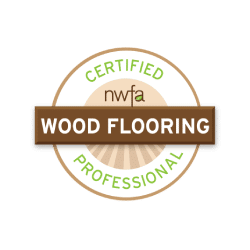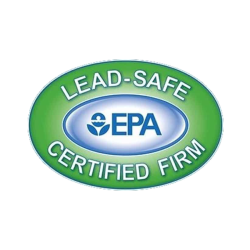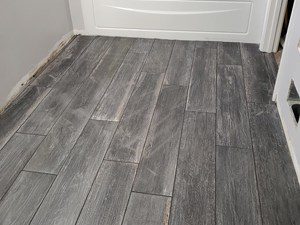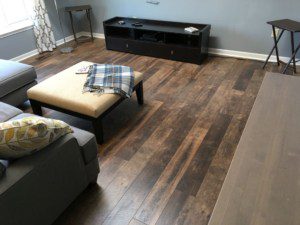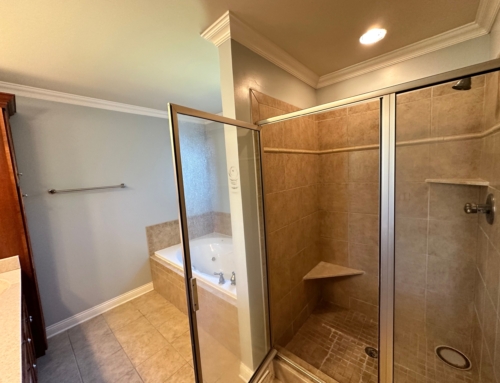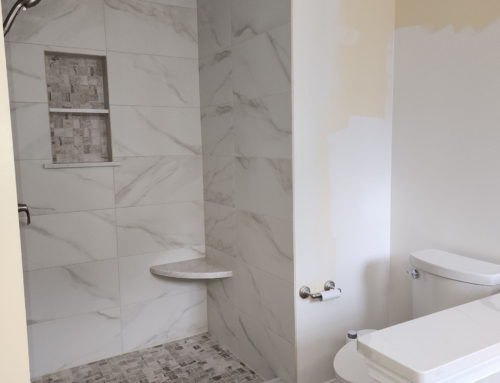So, you heard or read something about LVP, and are wondering what it is exactly? Luxury Vinyl Plank has made some gigantic leaps in quality and beauty in the past 20 years. The vinyl flooring that our grandparents referred to as “linoleum” was never pretty, and did not last for long. LVP is durable, water resistant, looks like hardwood, and provides a great flooring option for homeowners.
What are the Layers in LVP?
LVP is made of multiple layers of compressed vinyl and other materials.
- The top is the transparent wear layer that is built to last against foot traffic.
- The core. The top layer of the core has a photographic image of wood printed on it.
- Quality LVP has an underlayment bottom layer that contacts the subfloor.
What is the Wear Layer in Luxury Vinyl Plank?
The transparent wear layer of your LVP is very important. Choose a thick wear layer to ensure that your LVP will stand the test of time and traffic. Vinyl is a great choice for homeowners with children or pets because it is scratch and water resistant. The thicker the wear layer, the more years you will get out of it. In addition, a thicker wear layer will offer more protection against sunlight. UV rays fade the printed wood grain image off of your flooring over time. You don’t want to rearrange your living room, and be able to tell where each piece of furniture used to cast a shadow. It is best to keep the curtains closed in a room with LVP when no one is in it. However, it takes a long time and a lot of light exposure for this to take place.
What is the Core of LVP?
The photographic image of wood is printed on the top of your luxury vinyl plank’s core. There are countless colors and grain patterns to choose from. Gray finished hardwood and wood like flooring has become very popular recently, and LVP comes in every shade of gray. In addition to colors and wood grains, there are several different types of core to choose from:
- Flex Core
- Rigid Core
- Wood Polymer Core (WPC)
- Stone Polymer Core (SPC)
Flexible Core
Budget LVP has a flexible core. It is more affordable, but if there are any imperfections in your subfloor, they will show because the vinyl will flex. In addition, flex core generally has a thinner wear layer and does not have the longevity of rigid core. We only recommend flex core LVP for utility rooms.
Rigid Core
Rigid core AKA Solid Core luxury vinyl plank is more rigid, and has a longer life than flex core. The rigid core is usually a wood polymer composite to match the wood grain image printed on it, but is also sometimes a stone polymer composite. Depending on what you choose. Generally, vinyl planks are going to mimic wooden flooring, and luxury vinyl tile comes with a stone polymer composite core to mimic stone tile.
You can find more information on LVP versus LVT formats here.

These different types of rigid core vinyl are ideal for areas of your home that may have some moisture. The bathroom, basement, kitchen, and utility room are all suitable for luxury vinyl plank. If you want hardwood in your kitchen, but are worried about moisture, choose LVP instead. This flooring is highly water resistant.
Floating Floor
Rigid core vinyl planks are installed similarly to laminate flooring. The LVP “floats” over your subfloor, allowing you to save money by leaving the old floor attached if you choose. This floating floor is great for hiding any uneven spots in your subfloor. In addition, removing a floating floor is also a much shorter, easier job than flooring that is attached to the subfloor, and will save you money in the future. Three different ways that LVP saves homeowners money on their new flooring.
The downside to a floating floor is that if a plank becomes damaged, much of the floor must be removed to replace it, then reinstalled. LVP that is not a snap together floating floor must be attached to the subfloor with adhesive. The good news is that replacing one damaged plank is simpler, the bad news is that when it’s time to replace the entire floor, the demo is longer and harder and more expensive because of the adhesive.
What is the Attached Underlayment?
Good quality LVP comes with some sort of sound absorbing underlayment. Cork is the most common underlayment attached to luxury vinyl planks. However, underlayment can be purchased separately and should not be a deal breaker for the LVP that you choose. Underlayment is necessary to protect your subfloor from moisture, and absorb sound. If you are most concerned with moisture, choose a waterproofing underlayment. If noise is the biggest concern, cork is a great option that deadens the sound of hard soles on the vinyl planks.
Return on Investment
Luxury Vinyl Plank looks a lot like hardwood, however, it does not provide the return on investment that hardwood does. Quality hardwood is made to be refinished over and over and literally lasts a lifetime. If you are planning to sell your home, and are looking for the biggest return on investment, LVP provides a cost effective solution to a floor that needs to be replaced, but it will not add the value to your home that hardwood does. Consult with your realtor on what the best course of action is for a floor that needs to be replaced to sell your home.
The Takeaway on LVP
There are a lot of things to consider when choosing to replace your old flooring. If you are renovating a room that may contain moisture, or if you have children or pets, LVP is a great option. There are colors and patterns to fit everyone’s taste, and there are options to fit any budget. However, if you are looking to sell your home and get the biggest return on investment from your renovations, luxury vinyl plank may not be the best choice.

